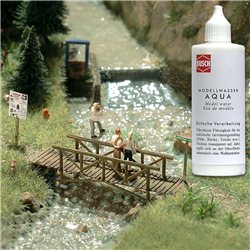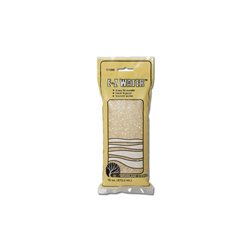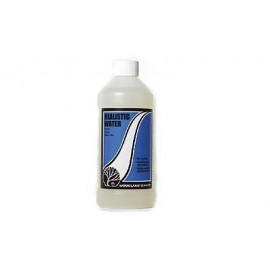Paint comes in many types of pots, cans and eye dropper bottles. You should shake paint for at least two minutes but...
No products
Product successfully added to your shopping cart
There are 0 items in your cart. There is 1 item in your cart.
Search Tips
Christmas and New Year
We are dispatching orders every weekday apart from Christmas Day, Boxing Day and New Year's Day.
If you order is time critical, select next day delivery at checkout.
The shop in Sandown is closed from 25th December, reopening on 30th December.
How do I make a lake?
When making a lake paint the base with a light colour (white or light grey) as you would if you were priming a model. Then create your shoreline adding sand or earth, whichever fits with what you are trying to achieve, then add rocks and fallen trees.
When you are happy with what you see, you can add paint detail to the lake area itself. If you want the lake to appear deep, add a dark green circle/oval to the centre area, then add lighter greens to graduate the lake bed. This might seem strange but when the realistic water effect is added it will give the appearance of depth to the lake.
When it comes to the realistic water effect there are several to choose from. Long gone are the days when you had to make up a two-part clear epoxy resin that would smell the house out.
There are lots of manufacturers that produce water effect products: some come in a bottle that you simply pour on to the desired area, there is one that comes in the form of jelly beans that you need to melt in a saucepan, another comes in liquid form that you can add translucent tint to. Choose the one you feel more comfortable with.
When you add the water, add just enough to cover the painted area you have just created. Make sure you the layer is not too deep, most water systems require a depth of less than 5mm otherwise they cannot dry. When fully dry (this can take a day!), give the area a rub over with a piece of scrunched up newspaper to take off some of the shine created by the water, then place some leaves or other flotsam in the desired area and then add another layer of water, this will also help to create the feeling of depth. This process can be repeated to achieve the look you require.
Click here to receive the tips weekly in your mailbox. You can unsubscribe at any time.










